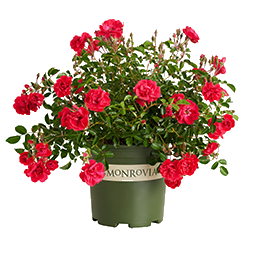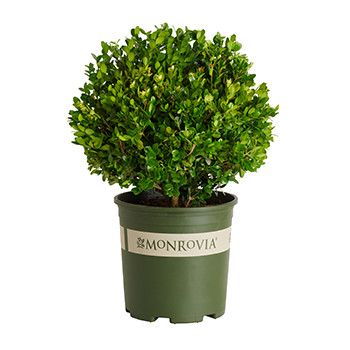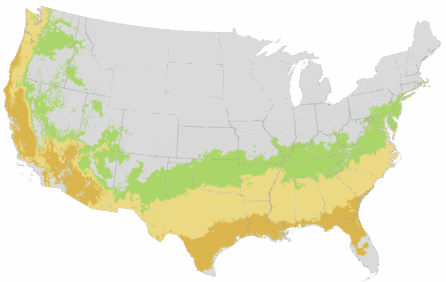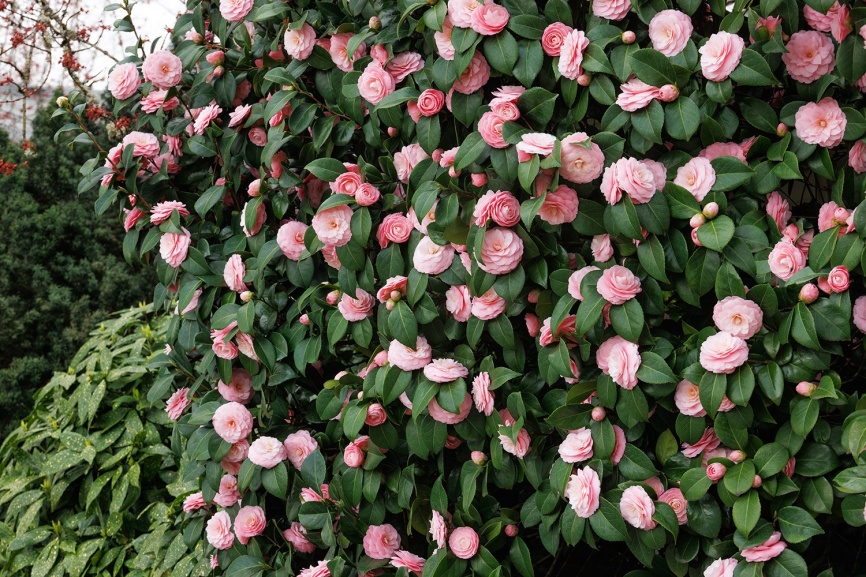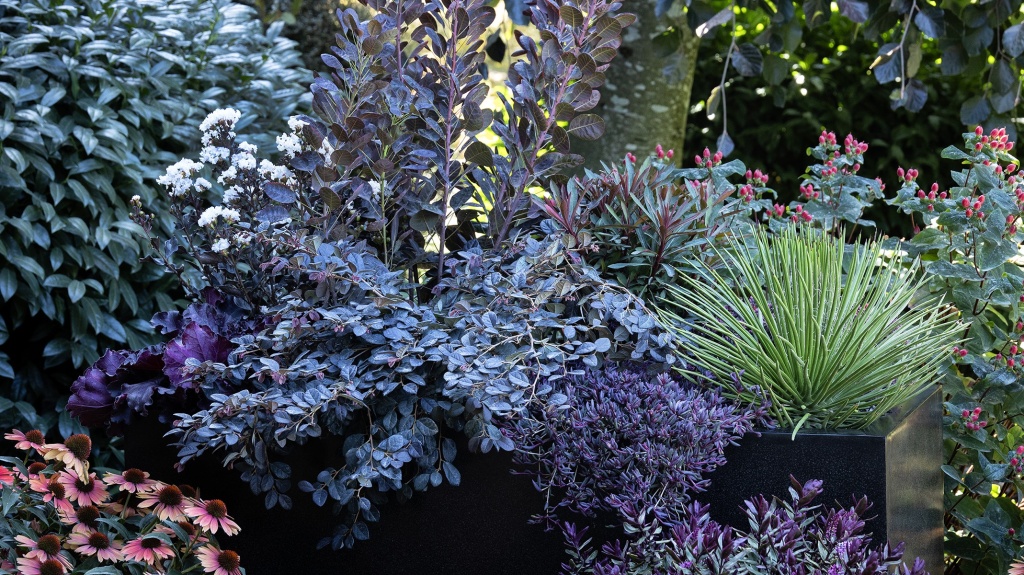You're growing in this Zip Code:
Change LocationDiscover Plants for Your Area
Pearly Twirly® Helwingia
Helwingia chinensis 'Djhs073'
Retailers Near You
| Description | An intriguing upright evergreen shrub with finer texture than others of its species. Small white flowers sit like little bubbles along the midrib of the willowy leaves, appearing in spring, and occasionally again in fall. A charming accent for a shaded entry or woodland garden. Plant in groups for a textural backdrop or screen. A Monrovia exclusive. |
|---|---|
| Bloom Time | Spring |
| Deciduous/Evergreen | Evergreen |
| Special Features | Easy Care |
| Growth Rate | Moderate |
| Flower Attributes | Showy Flowers |
| Landscape Use | Hedge, Privacy Screen |
| Flower Color | White |
| Foliage Color | Green |
| Companion Plants | Rhododendron (Rhododendron); Chinese Fairy Bells (Disporum); Japanese Forest Grass (Hakonechloa); Japanese Maple (Acer palmatum); Camellia (Camellia) |
| Care Instructions | Thrives in humus-rich, evenly moist, well-drained soils. Best in bright or dappled shade; protect from harsh direct sun and drying winds. Water deeply and regularly during first growing season to establish an extensive root system; once established maintain evenly moist soil. Feed with a slow-release fertilizer in spring. |
| History | This genus is native to eastern Asia, the Himalayas, and northern Indochina. Helwingia is named in honor of Georg Andreas Helwing, an expert on the plants of Prussia. In 1830, over eighty years after his death, Helwingia japonica was introduced into Europe by Philipp von Siebold. Since then, this genus of shrubs has had a very small presence in gardens, appreciated primarily for its intriguing morphology; flowers appearing atop its leaves. This particular plant is a selection of a Helwingia chinensis brought to Monrovia by plant explorer Daniel J. Hinkley, who states "I would make a case for the wider use of helwingias--they offer an unobtrusive charm combined with the kind of botanical fascination that demands a second look, resulting in the realization that beauty can occur along a wide spectrum." |
| Lore | All species of Helwingia are dioecious, meaning if both male and female plants are grown in proximity to each other, small purple drupes (fruit) may be produced, and ripen atop the leaf blades in early autumn. |
| Description | An intriguing upright evergreen shrub with finer texture than others of its species. Small white flowers sit like little bubbles along the midrib of the willowy leaves, appearing in spring, and occasionally again in fall. A charming accent for a shaded entry or woodland garden. Plant in groups for a textural backdrop or screen. A Monrovia exclusive. |
|---|---|
| Bloom Time | Spring |
| Deciduous/Evergreen | Evergreen |
| Special Features | Easy Care |
| Growth Rate | Moderate |
| Flower Attributes | Showy Flowers |
| Landscape Use | Hedge, Privacy Screen |
|---|---|
| Flower Color | White |
| Foliage Color | Green |
| Companion Plants | Rhododendron (Rhododendron); Chinese Fairy Bells (Disporum); Japanese Forest Grass (Hakonechloa); Japanese Maple (Acer palmatum); Camellia (Camellia) |
| Care Instructions | Thrives in humus-rich, evenly moist, well-drained soils. Best in bright or dappled shade; protect from harsh direct sun and drying winds. Water deeply and regularly during first growing season to establish an extensive root system; once established maintain evenly moist soil. Feed with a slow-release fertilizer in spring. |
|---|
| History | This genus is native to eastern Asia, the Himalayas, and northern Indochina. Helwingia is named in honor of Georg Andreas Helwing, an expert on the plants of Prussia. In 1830, over eighty years after his death, Helwingia japonica was introduced into Europe by Philipp von Siebold. Since then, this genus of shrubs has had a very small presence in gardens, appreciated primarily for its intriguing morphology; flowers appearing atop its leaves. This particular plant is a selection of a Helwingia chinensis brought to Monrovia by plant explorer Daniel J. Hinkley, who states "I would make a case for the wider use of helwingias--they offer an unobtrusive charm combined with the kind of botanical fascination that demands a second look, resulting in the realization that beauty can occur along a wide spectrum." |
|---|---|
| Lore | All species of Helwingia are dioecious, meaning if both male and female plants are grown in proximity to each other, small purple drupes (fruit) may be produced, and ripen atop the leaf blades in early autumn. |
Retailers Near You
About Us
We have been pioneers and craftsmen in the art of growing plants for nearly
100 years. Since our founding in Southern California by Harry E. Rosedale, Sr.
in 1926, we have been absolutely dedicated and obsessed with quality.
We have been pioneers and craftsmen in the art of growing plants for nearly 100 years. Since our founding in Southern California by Harry E. Rosedale, Sr. in 1926, we have been absolutely dedicated and obsessed with quality.
